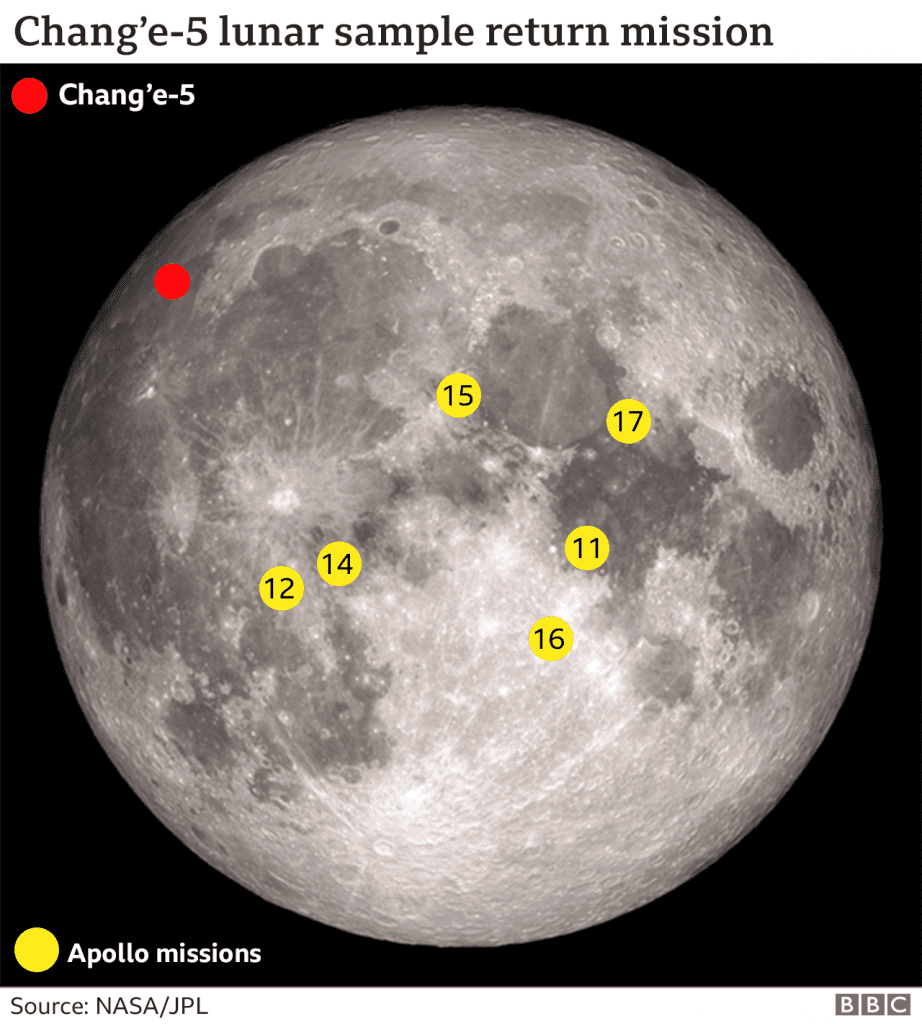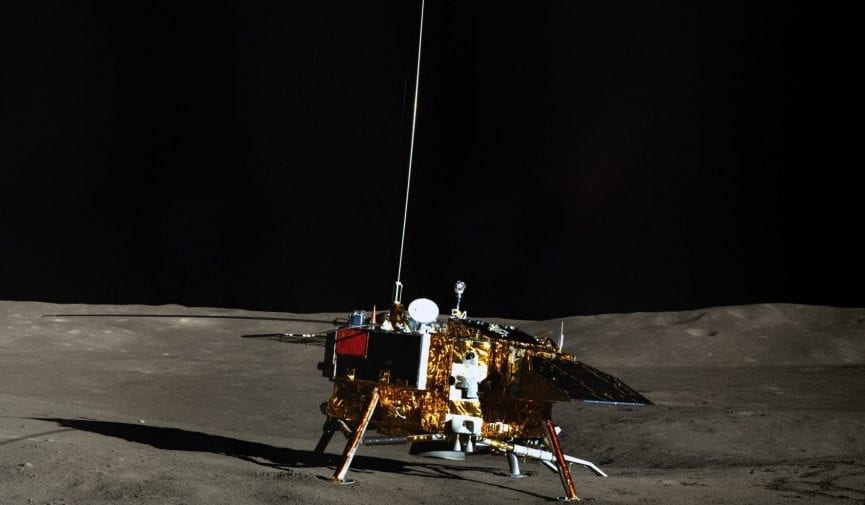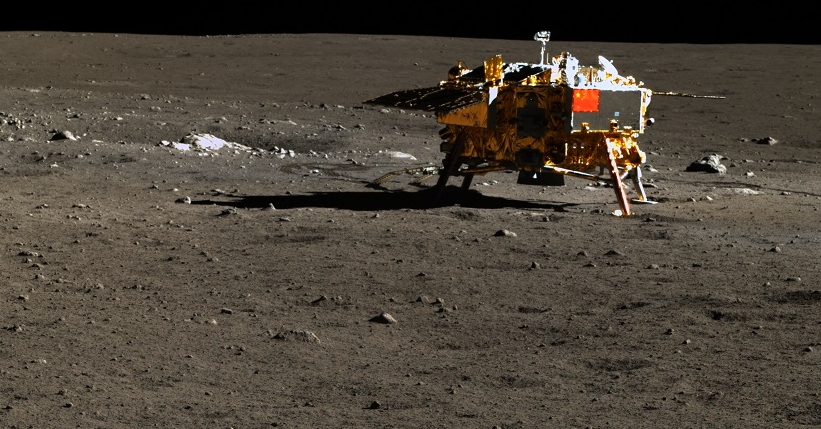For the first time in 44 years, a space mission may return soil samples from the Moon.
China’s robotic station “Chang’e 5” successfully made a soft landing on the surface of the Moon. Unfortunately, although the Chinese media had promised to broadcast the descent live, the broadcast was stopped a few minutes before the maneuver to leave lunar orbit. However, almost immediately after the landing, a video of the mission’s cameras was released on Chinese television.
CCTV-13 just ran this. #China #Moon #Change5 pic.twitter.com/gxXBNr7mz6
— Jonathan Amos (@BBCAmos) December 1, 2020
I remind readers that the Chang’e 5 mission is making its first two-way flight from Earth to the Moon’s surface after a 44-year hiatus. For the last time, NASA’s Apollo manned expeditions and the USSR’s Luna-series robotic expeditions in the late 1960s and early 1970s were able to take samples and deliver them to Earth for further study in the laboratory.
If the mission is successful, China will become the third country in the world to deliver soil from the Moon to Earth – after the USA and the USSR. The last mission to deliver lunar soil was carried out in 1976 which means that the success of this mission is of particular importance.
Here is what, Dr. Thomas Zurbuchen, Nasa’s top science official said in his congratulations tweet:
Congratulations to China on the successful landing of Chang’e 5. This is no easy task. When the samples collected on the Moon are returned to Earth, we hope everyone will benefit from being able to study this precious cargo that could advance the international science community. pic.twitter.com/2xoKouf3dq
— Thomas Zurbuchen (@Dr_ThomasZ) December 1, 2020
In the next few hours, a drilling machine will try to reach a depth of 2 meters in the lunar regolith to collect samples from the inner parts of the primer, and a little later with a special shovel will be scooped material from the surface.
Beyond the obvious significance of the Chinese mission, if successful, I would like to mention the type of lunar soil that is being targeted this time.
The rough estimates of the collected soil from the old Apollo missions and the Soviet Luna space program are about 400 kilograms. The majority of the samples were, of course, transported back with the crewed missions and not in the way of the Chinese Chang’e 5 mission currently.

What’s important is that these old samples were predominantly old, meaning that they were at least 3 billion years old. The purpose of the Chang’e 5 mission and the location selected for the soft landing should bring us soil samples not more than 1.5 billion years in age.
In other words, this new amount of lunar soil will be of key importance in the future research of our natural satellite and should help experts in dating the lunar surface much more precisely.
According to the China National Space Administration, the Chang’e 5 lander should spend no more than 48 hours in its attempts to retrieve soil samples.
In about two days the recoverable degree with the collected regolith and rocks will fly away from the moon. Already in lunar orbit, it will meet the waiting orbiter, after which the journey back to our planet will be able to begin.
The triumphant arrival of “Chang’e 5” on Earth together with the collected samples is expected to take place on December 16.
Join the discussion and participate in awesome giveaways in our mobile Telegram group. Join Curiosmos on Telegram Today. t.me/Curiosmos
Sources:
• Amos, J. (2020, December 01). China’s sample-return Moon mission touches down. Retrieved December 01, 2020, from https://www.bbc.com/news/science-environment-55148998
• Wall, M. (2020, December 01). China’s Chang’e 5 lands on the moon to collect the 1st fresh lunar samples in decades. Retrieved December 01, 2020, from https://www.space.com/china-chang-e-5-lands-on-moon-to-collect-lunar-samples





